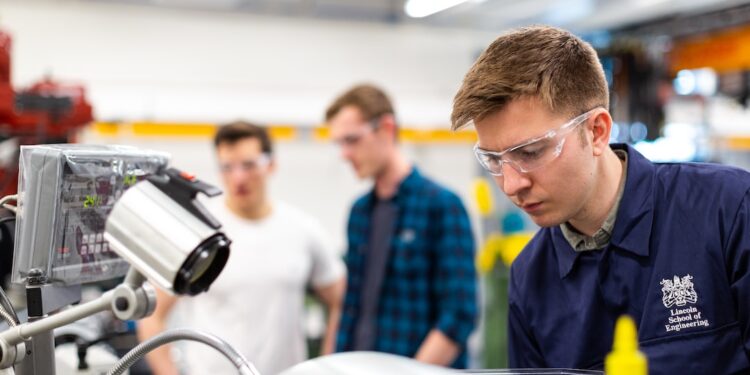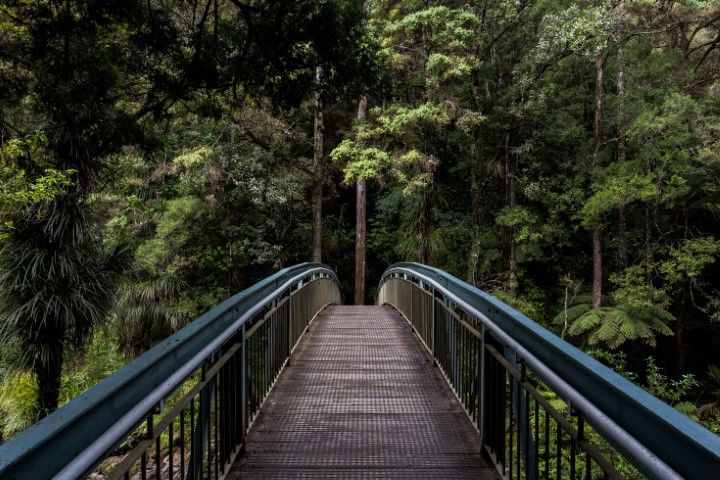Novel Approaches to Designing Energy-Efficient Buildings and Infrastructure
In recent years, the push for sustainability and energy efficiency has gained immense momentum across the globe. As the world faces the increasing threat of climate change, finding innovative ways to design and construct energy-efficient buildings and infrastructure is crucial. Traditional approaches have proven to be insufficient in reducing energy consumption and minimizing the carbon footprint associated with buildings. Therefore, novel approaches are needed to address these challenges and create a sustainable future.
One such approach involves utilizing advanced technologies and materials to enhance energy efficiency. Smart buildings, for instance, leverage a network of sensors, actuators, and automated systems to optimize energy usage. These interconnected devices can monitor various environmental parameters, such as temperature, humidity, and occupancy, in real-time. By continuously analyzing data, smart buildings can actively adjust heating, cooling, and lighting settings to ensure maximum energy efficiency. Additionally, advanced energy management systems enable the integration of renewable energy sources, such as solar panels and wind turbines, to further reduce reliance on traditional energy grids.
Another novel approach to designing energy-efficient buildings is through biomimicry. Nature has perfected efficiency over millions of years of evolution, and architects and engineers have started to look to the natural world for inspiration. By emulating nature’s design principles, such as the efficient use of materials and natural ventilation patterns, buildings can achieve remarkable energy savings. For example, the Eastgate Centre in Zimbabwe was inspired by termite mounds, which maintain a stable interior temperature despite harsh external conditions. The building’s passive cooling system replicates the microclimate regulation system employed by termites, reducing the need for active air conditioning.
Moreover, the integration of green roofs and vertical gardens is gaining popularity as an innovative approach to energy-efficient building design. Green roofs cover the building’s roof with vegetation, providing insulation, reducing stormwater runoff, and decreasing energy consumption for heating and cooling. Similarly, vertical gardens involved growing plants on the sides of buildings. These living walls can help insulate the building, improve air quality, and reduce the urban heat island effect. By incorporating more green spaces into architectural designs, buildings can contribute to a healthier and more sustainable urban environment.
In addition to energy-efficient buildings, novel approaches are being explored to design energy-efficient infrastructure. For example, the concept of the “energy-positive” neighborhood is gaining traction. These neighborhoods go beyond being carbon neutral by producing more energy than they consume. By incorporating renewable energy sources, energy storage systems, and advanced energy distribution grids, these neighborhoods can become self-sufficient energy hubs. Energy-positive neighborhoods not only reduce greenhouse gas emissions but also provide excess energy to the surrounding areas, contributing to a more sustainable energy future.
Furthermore, the implementation of decentralized energy systems is another innovative approach to energy-efficient infrastructure design. Instead of relying solely on large power plants and extensive energy transmission networks, decentralized systems aim to generate energy closer to the point of use. This reduces transmission losses and increases overall energy efficiency. Decentralized systems can include a combination of small-scale renewable energy sources, energy storage technologies, and localized distribution networks. By enabling energy production at the community level, these systems empower individuals to be active contributors to the energy transition.
In conclusion, novel approaches to designing energy-efficient buildings and infrastructure are essential in combating climate change and creating a sustainable future. By leveraging advanced technologies, utilizing biomimicry, incorporating green spaces, and implementing decentralized energy systems, it is possible to significantly reduce energy consumption and minimize the carbon footprint associated with buildings and infrastructure. These innovative approaches not only promote environmental sustainability but also contribute to healthier and more livable communities. As the world continues to grow and urbanize, it is crucial to prioritize energy efficiency in our built environment to ensure a sustainable future for generations to come.












